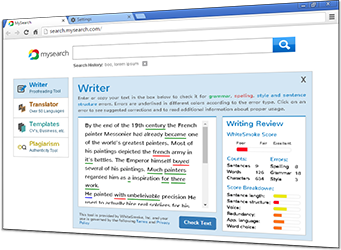Adjectives
An adjective can modify the noun or pronoun. A better way to say this might be that the adjective describes or gives more information.
Examples
- They painted glowing stars on the ceiling.
- The pretty girl wore a bright blue dress.
The adjectives will tell you the kind or give a description of the subject or noun. In the first sentence, ‘glowing’ tells us what kind of stars were painted. In the second sentence the word ‘pretty’ describes the girl, while ‘bright’ and ‘blue’ describe what kind of dress she was wearing.
Possessive Adjectives
These modify a noun. They tell who the noun belongs to. Some examples of possessive adjectives are ‘his’, ‘her’, ‘its’, ‘my’, ‘our’ and ‘their’.
- You can use my car.
- Have you seen her shoes?
In the first sentence the word ‘my’ tells you whose car it is - mine. The same with the sentence where ‘her’ tells you to whom the shoes belong.
Demonstrative Adjectives
These adjectives answer “which” about the subject. Some of the more common ones are ‘that’, ‘these’, ‘this’ and ‘those’.
- Please pass me those bananas.
- I will take this box to the post office.
It is possible to mistake a demonstrative adjective for a demonstrative pronoun; however, it is used differently in the sentence
Interrogative Adjectives
These are adjectives used in a question for example ‘what’ or ‘which’. They are used to ask for clarification.
- What book are you reading?
- Which shoes look better with this dress?
Again you may think an interrogative adjective looks like an interrogative pronoun. It is all a matter of how they are used in the sentence. In these sentences they are used to modify or describe a noun, making them adjectives.
Indefinite Adjectives
These give general or non-specific information. They can often answer a question like “how many?” Some of the more commonly used indefinite adjectives include ‘all’, ‘each’, ‘every’, ‘any’, ‘few’, ‘many’ and ‘some’.
- Would you like some grapes?
- Some children prefer maths to reading.
The word ‘some’ asks if you want grapes, but does not state exactly how many. In the second sentence “some children” suggests more than one but gives no idea how many.
Colour your sentences
Adjectives add ‘colour’ or more interest to your sentences. They answer questions or ask them. They tell you ‘what kind’ or ‘how many’. So add more interest to your writing to help you paint a mental image for the reader.



